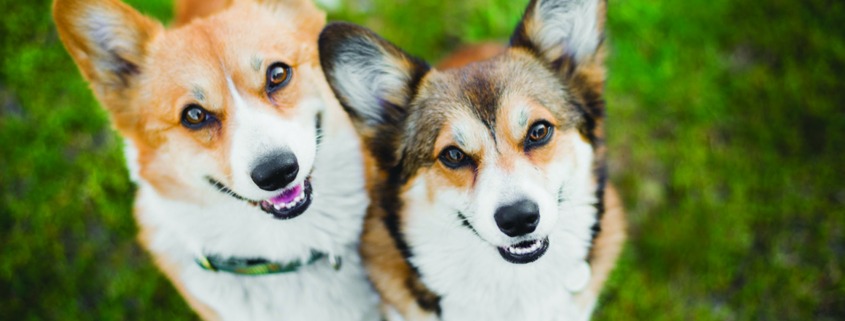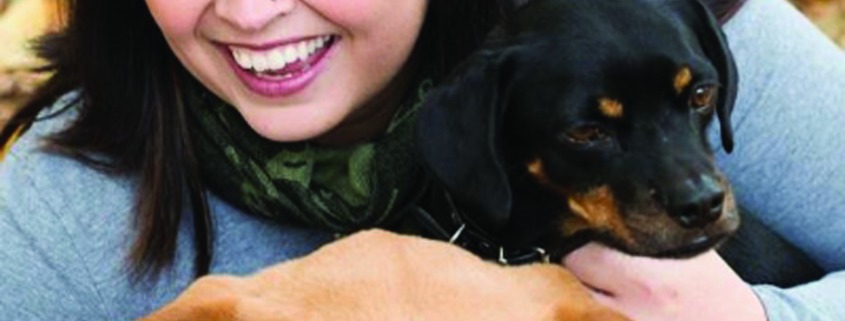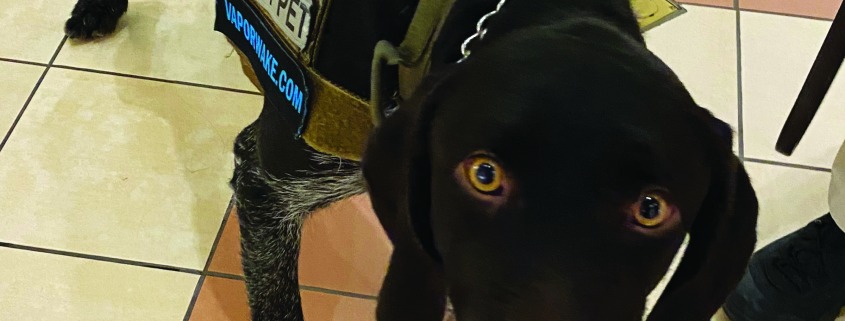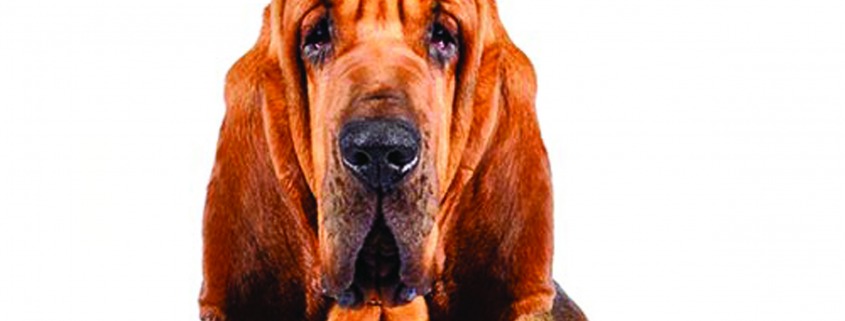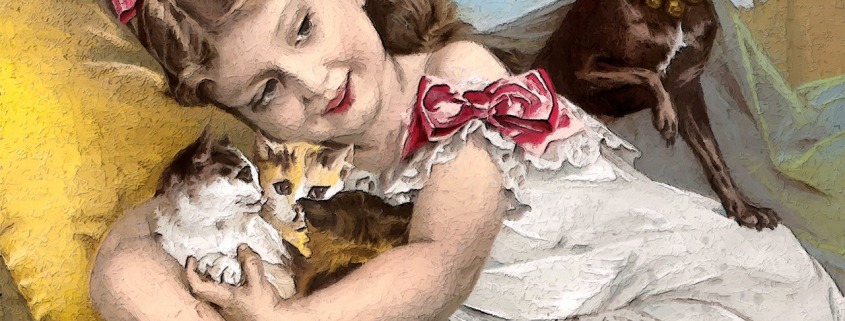Dog’s best friend
Hi friends! Maddie and Bella here to chat more about being safe around dogs. Dogs are members of our family, but we have to remember that they think like dogs and talk like dogs (with body language), so many of the things we, humans, do can be scary to them or make them feel frustrated or stressed. Bella and I want you and your dog to be great friends. Your dog will learn to trust you if you’re not doing things that make them feel scared or frustrated.
There are certain situations where most bites to kids are likely to happen, including “How and when kids approach dogs” and “How kids interact with dogs.” So if we can change what the kids are doing, we can prevent bites. Easy peasy, right? These are things my family and I learned from our vet, Dr. Lacy.
Dr. Lacy said that most bites happen in six types of situations, so she called them “ high-risk” situations. The basic theme, for all-six, is that the dog is, basically, minding their own business, and the kid tries to start some type of interaction (either in a way that scares the dog or that the dog doesn’t want to do). When a dog is scared or worried, they want to have more distance between them and whatever is scaring them. To get more distance, they could get up and walk away, or they might give signals they’re uncomfortable and need the person to go away such as growling, snarling, snapping and biting. In the “high-risk” situations, the dog is most likely to choose the growling, snarling, snapping and biting.
The first three are “approaches” that are high-risk: 1) Approaching the dog in a way that startles the dog, such as when the dog is resting or sleeping or running up quickly and excitedly, especially when the dog has its attention on something else; 2) Approaching the dog when it is eating or when it has a special item. “Guarding” their special stuff is natural dog behavior; 3) Approaching in a way that makes the dog feel trapped or cornered such as when it is tied up or in a crate or in a narrow area like a hallway or even when it is under something like a table.
We all love to touch dogs, right? They’re soft and cuddly, but we have to remember that they may only really “ like” being touched at certain times and in certain ways. The next three “ high-risk” situations involve types of contact kids might try with dogs:
1) Petting when the dog doesn’t wish to be petted. Even gentle touches at these times might cause the dog to ask for space by growling, snarling or even biting. Maybe the dog is tired or maybe the dog is hurting somewhere. Instead of approaching your dog to pet them, it is much better if parents remind the kids to “ invite” the dog to them rather than “ invading” the dog’s space. If you invite the dog to you and the dog ignores you or walks away, then the dog is politely saying “ no thank you”;
2) Hugging and kissing are ways that we, humans, like to show our love. Dr. Lacy says it is a “primate” thing since monkeys, apes and humans all show love with hugging. Dogs are not primates, though, and many dogs can become very scared or uncomfortable when they’re hugged or kissed. My mom says that these behaviors can be especially dangerous because we have our faces right by the dog’s face, so if they decide to bite to make the kids go away, the bite might be to the kid’s face;
3) Kids being “rough” can not only be scary or stressful, it can also “hurt”. Things like grabbing and pulling fur, ears, tails are rude, but many small kids do these things, so it is very important for parents to watch closely at all times. My mom says that parents need to teach their kids to be gentle and respectful of dogs and not allow things like climbing on the dog, slapping the dog or other rude things that make the dog feel scared or frustrated or that even hurt the dog. Some people brag that their dog is very “tolerant” which means the dog allows the kids to be rough and just takes it, but it is not right to expect our dog to tolerate rude things.
My mom wants other parents to understand how important it is to watch and supervise their kids and dogs 100 percent of the time and prevent all high-risk situations. As is mentioned in “The Dogs and Kids” course (link below), “Be an inviter, not an invader!” Bella and I recommend that you do the free course as a family, so everyone can learn to be a trusted and kind friend to the family dog.
InstinctDogTraining.com/online-school/ (“The Dogs and Kids” course)


